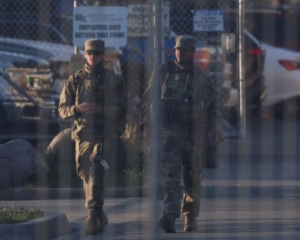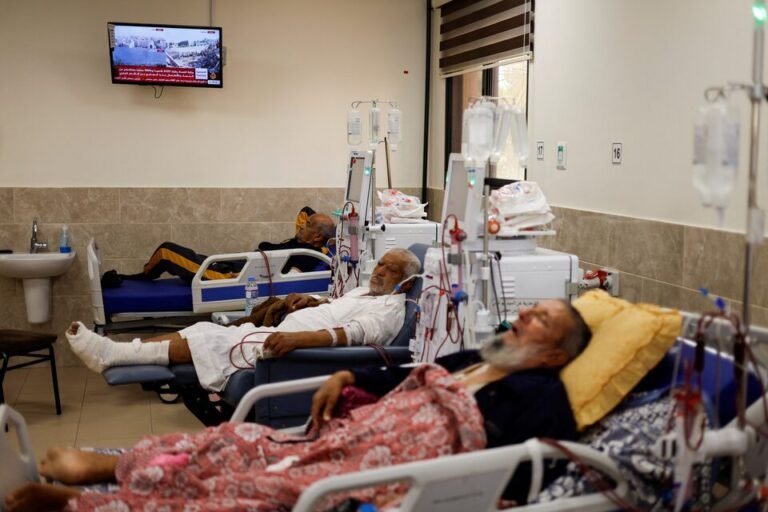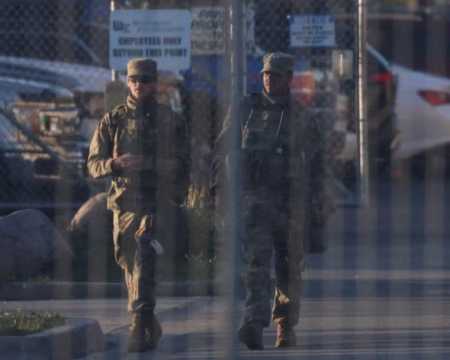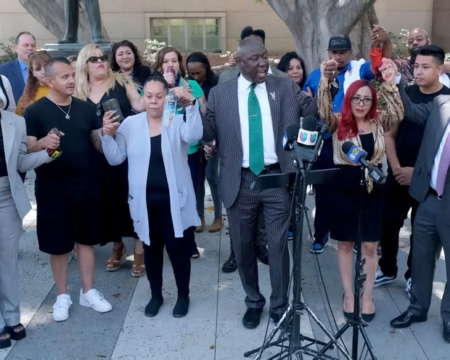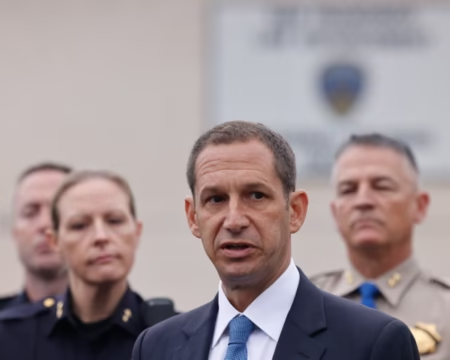The Gaza Strip continues to suffer as hospitals are pushed beyond their limits. After a deadly Israeli airstrike struck the Al-Tuffah area of Gaza City early Saturday, many injured civilians were left without medical help. The bombing caused a residential building near Jaffa School to collapse, killing several people, including children. Many others were injured, with loud cries and grief filling the streets.
Families are devastated. One man, carrying his injured daughter, pleaded for an end to the violence. “We have lost our homes, our children. We have nothing left,” he said, his voice filled with exhaustion and pain.
Another Israeli strike near a shelter close to Gaza’s main stadium left more people dead and injured. Many of the wounded did not make it to the hospital. Some died on the way. Even those who reached the hospital were not guaranteed treatment. Shifa Hospital, one of Gaza’s largest, could not handle the number of patients.
Half of its medical staff have either been killed or are missing. The remaining doctors and nurses are overwhelmed. Medical supplies are nearly gone. There is no electricity in many hospital wards. Life-saving equipment is no longer working. Many injured are treated on the floor, and some are sent away untreated.
Later that same day, another deadly strike hit a road in Deir al-Balah, killing several people at once. Rescue teams struggled to reach the scene due to the constant risk of more airstrikes.
The scale of the destruction is staggering. Nearly 100,000 Palestinians have been killed since the start of the conflict. That is almost 4% of Gaza’s total population. This figure was reported by the Israeli newspaper Haaretz. The paper also highlighted how hunger, disease, and cold weather are killing many more.
Gaza’s health system is now close to total collapse. Doctors have no choice but to perform surgeries without anesthesia. Patients with broken limbs and deep wounds cry out in pain. Some are treated with only basic tools. Others are given nothing at all.
Humanitarian aid is barely entering Gaza. A small shipment of medical supplies reached the area for the first time since March. This delivery was confirmed by the World Health Organization and the Red Cross. But it is not enough. The number of injured people grows each day, while resources shrink.
Outside of Gaza, the conflict continues to spread. In a separate incident, Houthi rebels in Yemen fired a ballistic missile at Israel. They claimed the missile was aimed at the city of Be’er Sheva. Israel says it intercepted the missile before it could hit its target.
Back in Gaza, there is no relief in sight. Every day, people are forced to leave their homes. Many are now living in schools or bombed-out buildings. Food is becoming hard to find. Clean water is rare. Parents struggle to feed their children, while many children no longer have parents.
A local aid worker said, “We try to help, but we don’t have supplies. We are also scared. Every place could be the next target.”
International groups continue to call for a ceasefire. But the bombs keep falling. Streets once full of life are now filled with rubble and silence. The only sounds are sirens, crying, and the distant noise of jets overhead.
The mental toll on survivors is growing. Many have lost all hope. Children no longer smile. Some have stopped speaking altogether. A teacher in a temporary shelter said, “They don’t play anymore. They just sit and wait.”
The world watches as Gaza suffers. The people wait for the violence to end. Until then, hospitals will keep struggling. And families will keep burying their loved ones.



